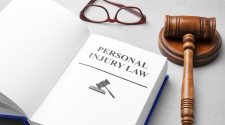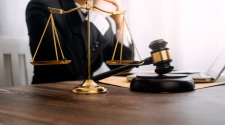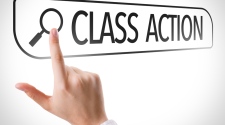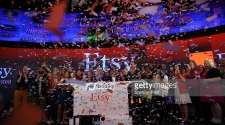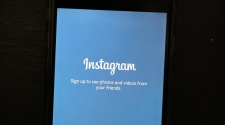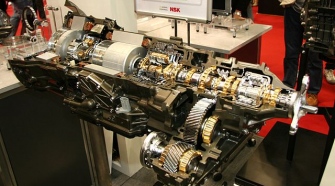On 23 June, the U.s. Government Aviation Administration (FAA) distributed its translation of the “Exceptional Rule for Model Aircraft,” which displeased very of few individuals with an enthusiasm toward flying model planes and helicopters. Huge numbers of those surprise left basic criticism on the FAA’s site, however a week ago three gatherings went further and formally made legitimate move.
One of associations to record suit is the Academy of Model Aeronautics, a not-revenue driven gathering made up of in the ballpark of 170,000 modelers all through the United States.
In a documenting made on 22 August, the AMA attests that the FAA’s Special Rule repudiates the goal of Congress when it passed the FAA Modernization and Reform Act in 2012, a piece of which states: “[t]he Federal Aviation Administration may not proclaim any tenet or regulation in regards to a model air ship,
or an airplane being produced as a model flying machine, if . . . the airplane is worked as per a group based set of wellbeing rules and inside the programming of an across the country group based association.”
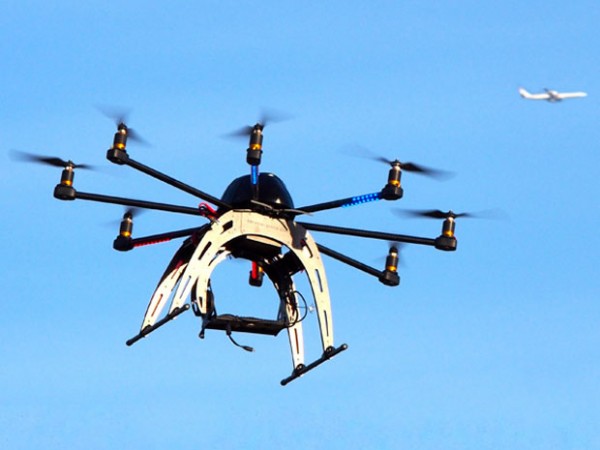
The AMA calls attention to that the FAA’s understanding of the principles, which obliges modelers from numerous points of view, including a disallowance on flying models for purposes that are in any manner associated with a business, “debilitates the very presence of the leisure activity, and additionally AMA as an association.”
That’s on account of the FAA doesn’t permit producers to fly their models as they create and test them. Nor would it permit modelers to acknowledge money installment for winning rivalries. On second thought, the FAA most likely wouldn’t permit paid AMA officers to fly models themselves. No big surprise they are disturbed.
A second gathering to document suit a week ago was made up of four organizations with a business enthusiasm toward model air ship: the UAS America Fund, Skypan International, Peter Sachs (working together as the Drone Pilots Association), and FPV Manuals (working together as Getfpv and Lumenier).
The parts of this gathering declare that the FAA’s disallowance on their non-side interest exercises “is discretionary, whimsical, a misuse of attentiveness, or generally not as per law, in overabundance of statutory purview, power, or constraints, and without recognition of methodology needed by law.”
Their recording brings up that the current position of the FAA anticipates, for instance, a retailer of supplies utilized for flying models from testing the gear out, which thus makes it exceptionally hard to choose what rigging to offer or which gadgets will best help clients with specialized issues.
The third gathering to make legitimate move a week ago was the Council on Governmental Relations, a relationship of college specialists.
The Council’s recording declares that the FAA’s principle “represents a grave risk to science, examination, instruction, and innovative development over the United States by indicating to direct, limit, or even totally deny, utilization of model airplane engineering by colleges, schools, and exploration foundations, their personnel, and their understudies.”
The complaint here is fundamentally the same one a gathering of teachers voiced to the FAA a month ago.
Anthony Decrappeo, president of the Council on Governmental Relations, clarifies that the association doesn’t regularly fall back on legitimate activity. “Typically, it redundant,” he says. “In any case I need to depend on what the legitimate guidance is letting me know.” In this case that would be Brendan Schulman, unique direction with the New York City law office Kramer, Levin, Naftalis & Frankel.
“To some degree, there is a procedure issue here,” says Schulman, alluding to the way the FAA has been issuing controls about model airplane without first making a formal Notice of Proposed Rulemaking, as needed for a government office by the Administrative Procedure Act.
In any case Schulman likewise conceives that the FAA needs to base its governs with respect to what is and what isn’t sheltered on an option that is other than whether the movement has a business part.
Probably, the FAA will do that when it issues its highly anticipated regulations for little unmanned airborne frameworks (suas). As indicated by Schulman, the FAA’s elucidation of the Special Rule for Model Aircraft was intended to tell the individuals who would utilize models for business purposes that “until we have something set up, you shouldn’t do anything whatsoever.”



